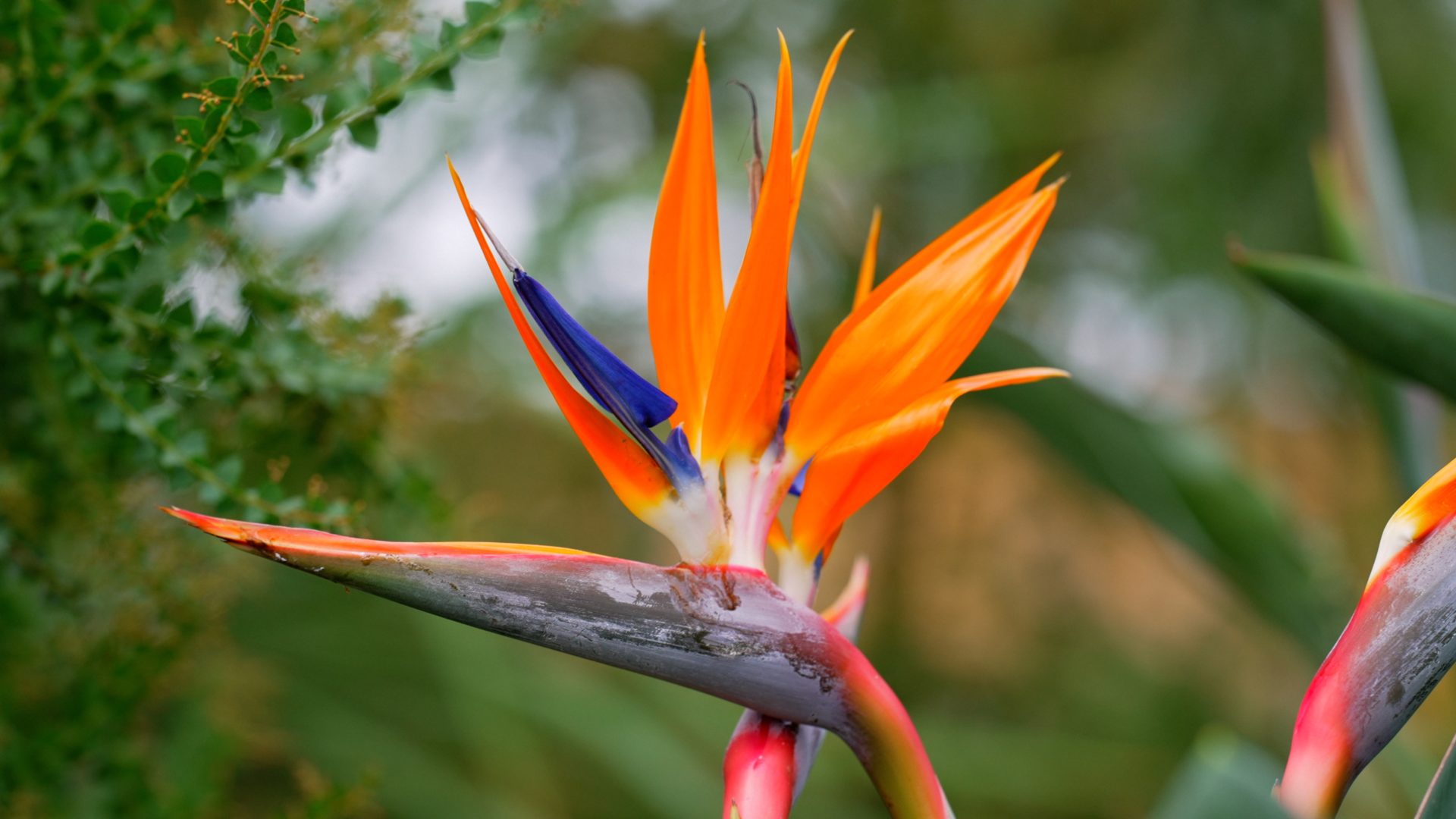 Charlotte of Mecklenburg-Strelitz was born a princess in the German duchy of Mecklenburg-Strelitz (Fitzgerald 6). At 17 years old, she was chosen by British advisors and royals to be married to the newly crowned King George III (Hedley 12). She was selected in part because of her being politically disengaged; the King wanted a wife with “no idea of meddling in public affairs” (Hedley 7). The royal marriage also functioned to strengthen international ties between two European powers.
Charlotte of Mecklenburg-Strelitz was born a princess in the German duchy of Mecklenburg-Strelitz (Fitzgerald 6). At 17 years old, she was chosen by British advisors and royals to be married to the newly crowned King George III (Hedley 12). She was selected in part because of her being politically disengaged; the King wanted a wife with “no idea of meddling in public affairs” (Hedley 7). The royal marriage also functioned to strengthen international ties between two European powers.
When her husband’s mental illness worsened to the point where he could no longer rule in 1811, Queen Charlotte became his legal guardian (Fitzgerald 237) while her son, Prince George, became Prince Regent (Fitzgerald 235).
Despite being largely uninvolved in politics, Queen Charlotte’s legacy lives on in placenames around the globe – potentially even more namesakes than her husband. Haida Gwaii, B.C. was named “Queen Charlotte Islands” by Captain George Dixon in 1787 after his vessel, Queen Charlotte (Walbran 409). Dixon was sailing the smaller of two vessels named after the King and Queen on a mission to scope out routes for the burgeoning fur trade (Walbran 409). In 2010, the islands’ Indigenous name was restored to Haida Gwaii (CBC News), and Queen Charlotte Village was renamed to Daajiing Giids in 2022 (Dickson). Queen Charlotte’s name remains present along coastal British Columbia, however, through Queen Charlotte Sound and Queen Charlotte Channel.
Her name was even adopted by multiple royals in Tonga, starting with Queen Sālote (Tongan version of “Charlotte”) Lupepau’u (Wood-Ellem 318). The influence of British imperialism persists through this Tongan naming tradition.
For more information about King George and his politics see King George III
Haida Gwaii, formerly "Queen Charlotte Islands"
Charlotte, North Carolina
Charlottetown, PEI
Queen Charlotte Channel
Queen Charlotte Sound (Tōtaranui), New Zealand
Charlottesville, Virginia
Queen Charlotte Bay, Falkland Islands
Fort Charlotte, St. Vincent
Queen Charlotte and Chelsea Hospital, London, England
 A number of plants native to Africa have been named after Queen Charlotte of Mecklenburg-Strelitz:
A number of plants native to Africa have been named after Queen Charlotte of Mecklenburg-Strelitz:
Strelitzia alba (common name: Cape wild banana)
Strelitzia caudata (common: mountain strelitzia or wild banana)
Strelitzia juncea (common name: rush-leaved strelitzia)
Strelitzia nicolai (common name: wild banana)
Strelitzia reginae (common name: Bird of Paradise)
